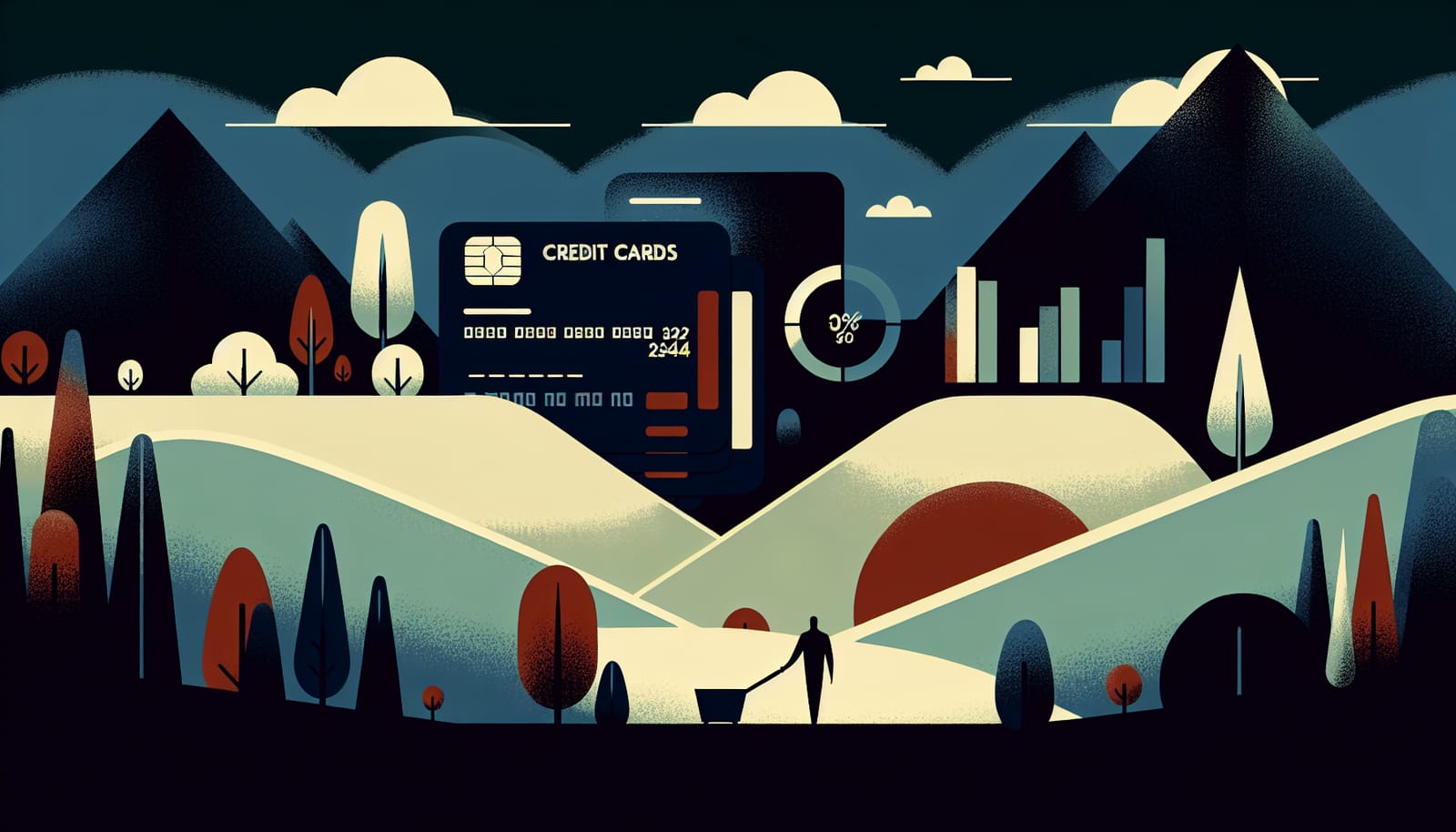Managing your finances can feel like navigating a maze, especially when it comes to sticking to a budget. Often, we think we have it all figured out, only to discover that small, unnoticed expenses are slowly draining our wallets. These are what we call "budget leaks." In this article, we’ll explore how to identify these sneaky culprits and, more importantly, how to fix them so you can keep more of your hard-earned money.
What Are Budget Leaks?
Before we dive into spotting budget leaks, let's define what they are. A budget leak refers to any unplanned or unnoticed expense that can quietly eat away at your financial resources. These can be small, seemingly insignificant purchases that pile up over time, such as that daily coffee run, subscriptions you forgot to cancel, or impulse buys that seemed harmless in the moment. Understanding budget leaks is the first step toward taking control of your finances.
Identifying Hidden Budget Leaks
Now that we have a grasp on what budget leaks are, let’s discuss how to identify them. The first step is to track your spending. This might sound daunting, but it’s relatively simple. You can use a mobile app, a spreadsheet, or even a good old-fashioned notebook. The goal is to write down every expense, no matter how small, for at least a month. At the end of this period, categorize your expenses (food, entertainment, subscriptions, etc.), and see where most of your money is going.
Review Your Subscriptions
In today’s digital age, subscriptions can easily slip under the radar. Think about all the streaming services, magazine subscriptions, and apps you pay for. Do you use all of them regularly? If not, consider canceling those you don’t actively engage with. You might be surprised at how much you can save just by trimming down your subscription list.
Analyze Your Daily Spending
Daily spending can accumulate quickly. Do you buy lunch out every day? How about that afternoon snack? These small purchases can add up to significant amounts by the end of the month. Try preparing meals at home and bringing them to work or school. Not only will this save you money, but it can also be healthier!
Keep an Eye on the Little Things
It’s often the little things that can cause the most significant financial strain. Do you often buy a treat while grocery shopping? Or maybe you pay for parking instead of taking public transit? These seemingly minor expenses can lead to substantial budget leaks.
A good practice is to set a limit on discretionary spending. Create a “fun budget” for things like dining out or shopping. Once you hit your limit, it’s time to reassess your goals for the month. This will help you become more conscious of your spending habits and encourage you to find creative ways to have fun without breaking the bank.
Creating a Budget Plan
Once you’ve identified your budget leaks, it’s time to create a plan to fix them. A budget plan is a structured approach to managing your finances. It outlines how much you earn, what your essential expenses are, and how much you can allocate toward savings and discretionary spending.
To create a budget plan:
- Determine Your Income: Start with your monthly income. This is your starting point for budgeting.
- List Your Fixed Expenses: Include rent or mortgage payments, utilities, and any other regular payments you have.
- Estimate Variable Expenses: These are expenses that can fluctuate, such as groceries and entertainment. Be realistic about what you typically spend.
- Set Savings Goals: Decide how much you want to save each month. This could be for an emergency fund, retirement, or a big purchase like a car or vacation.
- Adjust as Needed: Life is unpredictable, and your budget should be flexible enough to accommodate changes. Review and adjust your budget monthly to reflect your current situation.
Tips for Staying on Track
Staying on track with your budget can be challenging, but it’s not impossible. Here’s a helpful tip to keep your finances in check:

Set aside time each week or month to review your spending and savings. This will help you stay accountable and make adjustments as necessary.
Automate Your Savings
One effective way to ensure you stick to your savings goals is to automate your savings. Set up an automatic transfer from your checking account to your savings account each payday. This way, you won’t even have to think about it; the money will be set aside for you before you have a chance to spend it.
Make Use of Financial Tools
Fortunately, we live in a time where technology can make managing finances easier. There are numerous apps available that can help you track your spending, set budgets, and even monitor your subscriptions. Some popular options include Mint, YNAB (You Need A Budget), and PocketGuard. Explore these tools to find one that fits your lifestyle and preferences.
In Conclusion
Spotting and fixing budget leaks is essential for anyone looking to improve their financial health. By tracking your spending, being mindful of subscriptions and daily expenses, and creating a structured budget plan, you can take control of your finances and work toward building wealth.
Remember, it’s about making small, sustainable changes that add up over time. With a little effort and awareness, you can plug those leaks and watch your financial situation improve. So, roll up your sleeves, get started, and take charge of your financial future today!



